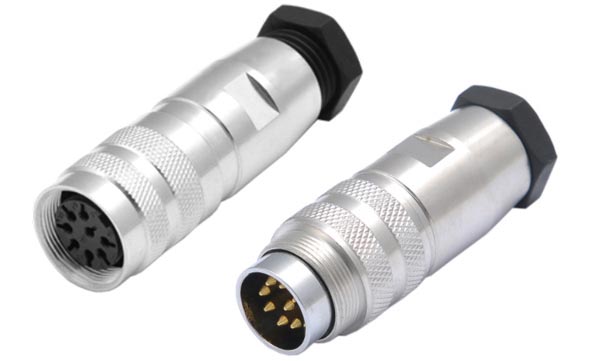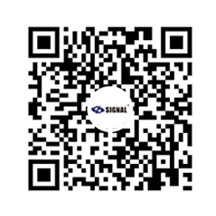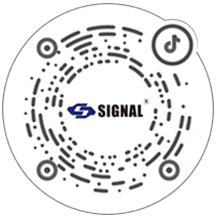
In the fields of new energy, industrial automation, and automotive manufacturing, the protection level of connectors directly impacts device reliability. IP68 and IP69K, two top-tier protection standards, are often confused among engineers. This article provides an in-depth analysis of international protection standards and reveals the core differences between these two certifications.
I. Origin of Protection Level Standards
The IP protection rating system, developed by the International Electrotechnical Commission (IEC), quantifies a product's protection capabilities through coded testing standards. The first digit of the IP code indicates the dustproof level (0-6), and the second digit indicates the waterproof level (0-9). The second digit of IP68 and IP69K both represent top-tier waterproof performance, but fundamental differences in testing methods dictate the scope of their application scenarios.
II. Analysis of IP68 Protection Features
1. The test standard is based on a basic test of immersion in water at a depth of 1 meter for 30 minutes. Manufacturers can customize more stringent parameters (such as 10 meters/24 hours).
2. The protection features utilize a multi-layer sealing structure, typically using a silicone seal and epoxy resin potting process. The housing is often made of corrosion-resistant alloy.
3. Outdoor Consumer Electronics: Most applications involving outdoor deployments should meet IP65 requirements. Two common examples are lighting and security systems. Products deployed outdoors will achieve the highest reliability using connectors rated for IP66 or IP67. These connectors offer a standard form factor and pinout, as well as a variety of housing and insulator materials. Most connector styles are available in a wide range of styles, allowing you to select the perfect connector for a variety of environments and operating requirements.
III. Detailed Explanation of IP69K Technical Specifications
1. Industrial Applications: Food Machinery Cleaning Interfaces, Construction Machinery Hydraulic Connectors, and Rail Transit Pantograph Connectors.
2. Dynamic Water Pressure Test: 80° high-temperature water jets at a flow rate of 14-16 L/min and a pressure of 8-10 MPa continuously sprayed from multiple angles of 0-90 degrees for 3 minutes.
3. Structural reinforcement design must include a metal locking mechanism to prevent high-pressure penetration and utilize high-temperature fluororubber sealing materials.
IV. Selection Decision Tree Model
Long-term underwater operation → IP68 preferred
Cost-sensitive project → Consider IP68
Temperature fluctuation > 50°C/h → Select IP69K
Vibration intensity > 3g → IP69K recommended
Requirement for steam cleaning → IP69K required






